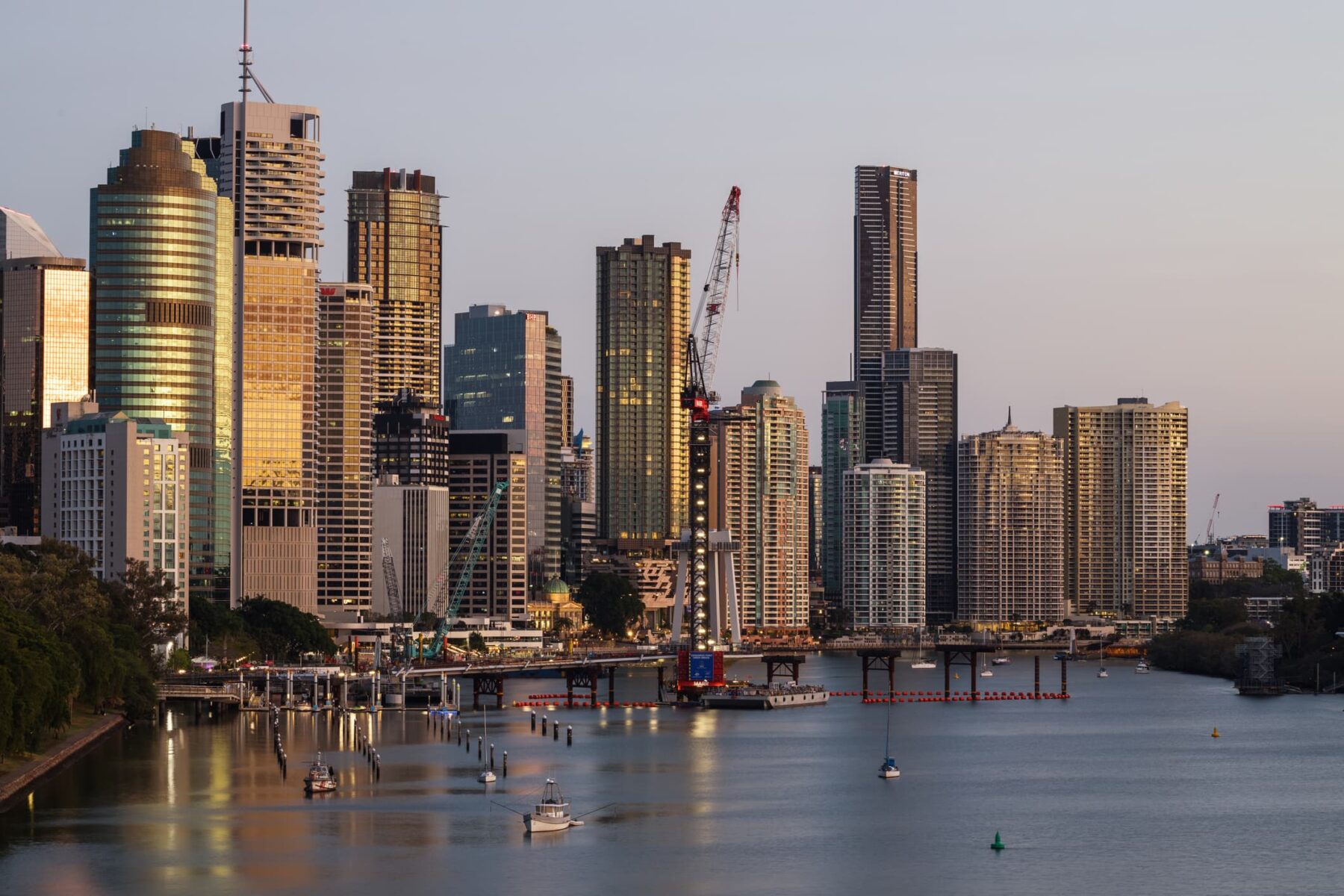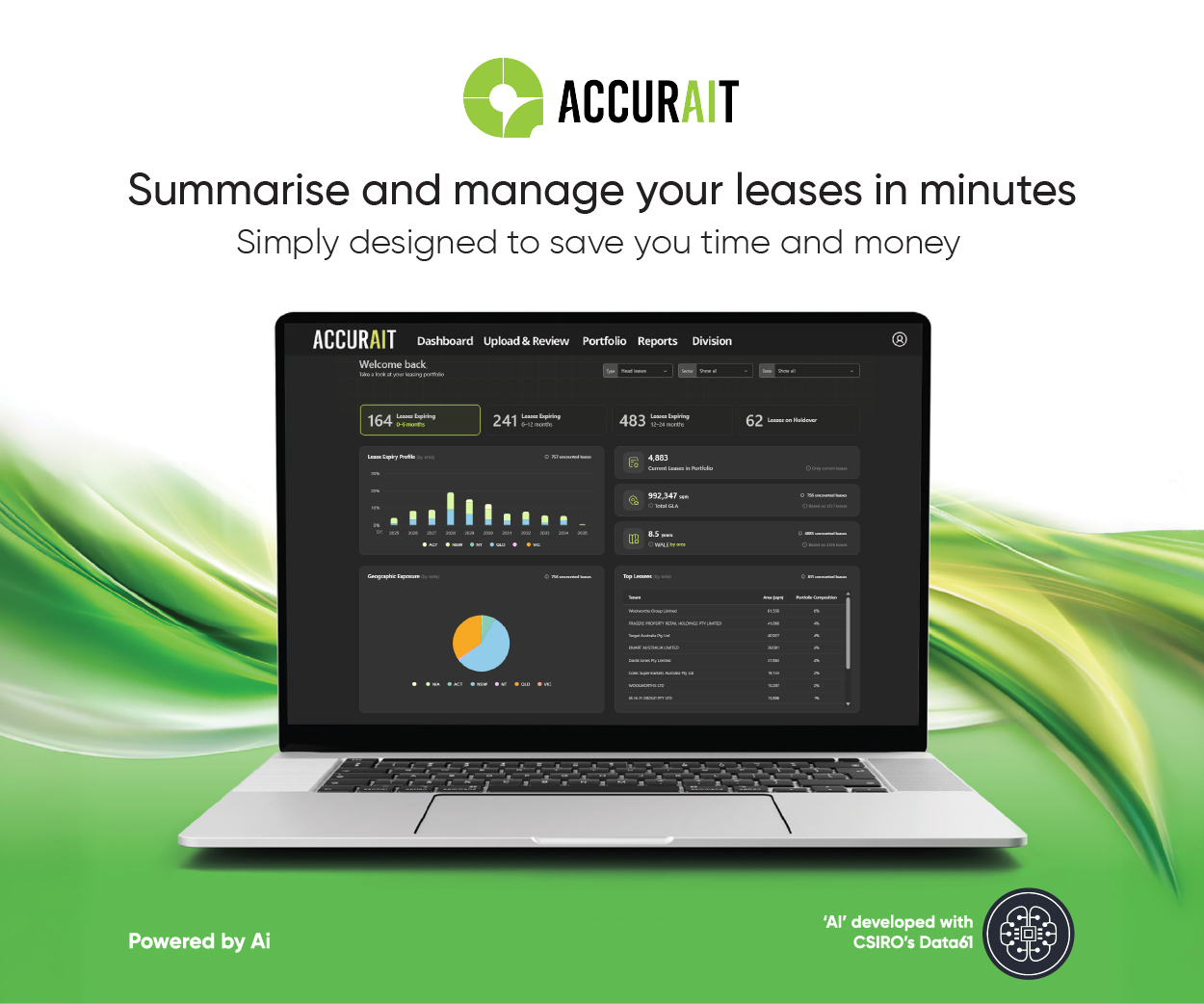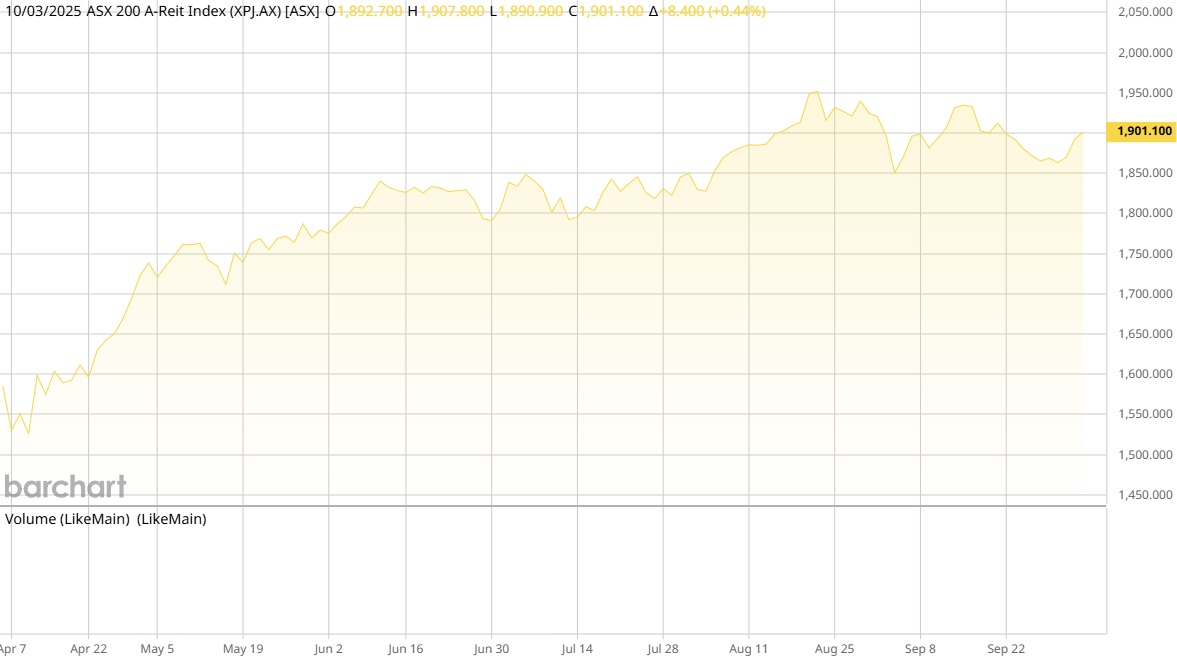WT’s Latest Australian Construction Market Conditions Report Reveals Persistent Cost Pressures Despite Mixed Economic Signals
24 June 2025
Leading international project advisory firm WT has released the latest edition of its Australian Construction Market Conditions Report, revealing that construction cost escalation remains elevated across most markets, despite signs of softening momentum in construction activity.
National cost escalation for building is forecast at 5.3% for 2025, with infrastructure following closely at 5.1%.
The report shows that cost pressures continue to challenge the industry – driven by entrenched labour shortages, volatile material costs, and subdued investment in sector capacity and capability.
Despite these pressures, construction activity remains near historic highs across many sectors, including health, education, utilities and renewables. However, the report warns that the compounding effects of global trade tensions and constrained government spending may dampen the sector’s desire to invest in its capacity, putting downward pressure on escalation in the near term.
“We’re seeing a complex mix of strong construction pipelines and persistent cost risks,” says Damon Roast, WT’s construction economist. “While some regions show early signs of moderation, broader investment in skills and materials capacity is still lagging. Without it, elevated escalation could persist longer than expected.”
Key regional highlights
- Sydney: Cost escalation forecast at 4.6% (building) and 5.3% (infrastructure). Infrastructure activity remains strong, but a softening Tier 2 contractor market and potential for revival in commercial and residential sectors could influence cost trends.
- Melbourne: Forecast to come in at 5.0% for both building and infrastructure. Subcontractor market growing hungrier as infrastructure labour returns to building. A cyclical uplift is likely post-2026.
- Brisbane: Remains the national hotspot with escalation at 7.0% (building) and 6.5% (infrastructure). Strong health, education, and Olympic pipelines could continue to strain resources for several years to come.
- Adelaide: Escalation steady at 5.0% (building) and 4.5% (infrastructure). A strong pipeline persists, but shortages in skilled trades and housing for incoming workers are increasing upward cost risks.
- Perth: Escalation expected at 5.5% (building) and 4.3% (infrastructure). Construction activity fundamentals are improved; a good outcome with mining investment not booming. Skills shortages may stymy this uplift.
- Hobart: Major projects pipeline, boosting interstate labour needs, to drive elevated building escalation to 6.0%. Infrastructure softer at 3.5% with pipeline softer after recent strength.
- Canberra: Projected to see the lowest building escalation at 3.0%, amid a soft pipeline, weakened labour demand and a financially constrained territory government. Infrastructure forecast at 5% via elevated activity/pipeline.
- Darwin: Escalation forecast at 4.5% (building) and 4.8% (infrastructure). Cost pressures hinge on resourcing for potential defence and gas sector spending. Trades supply remains a constraint.
- Newcastle: Building escalation at 4.3%. Major projects nearing completion are softening local pressures. Subcontractors reportedly hungrier for work.
- Geelong: Expected to ease to 4.8% (building), with a two-speed market emerging. Connection with Melbourne’s eventual recovery will likely shape escalation trends to 2027.
- Gold Coast: Building escalation elevated at 7.0%, driven by sustained housing demand and limited contractor appetite. Brisbane’s strong market is draining local skilled labour.
- Cairns: Building escalation forecast at 5.0%. Near-term softness, partly via Cairns Hospital project delays, but activity (and escalation) supported by strong population growth, tourism demand and disaster rebuild efforts.
*All escalation figures quoted are for 2025.
Download the full Australian Construction Market Conditions Report – June 2025 at wtpartnership.com.au.






